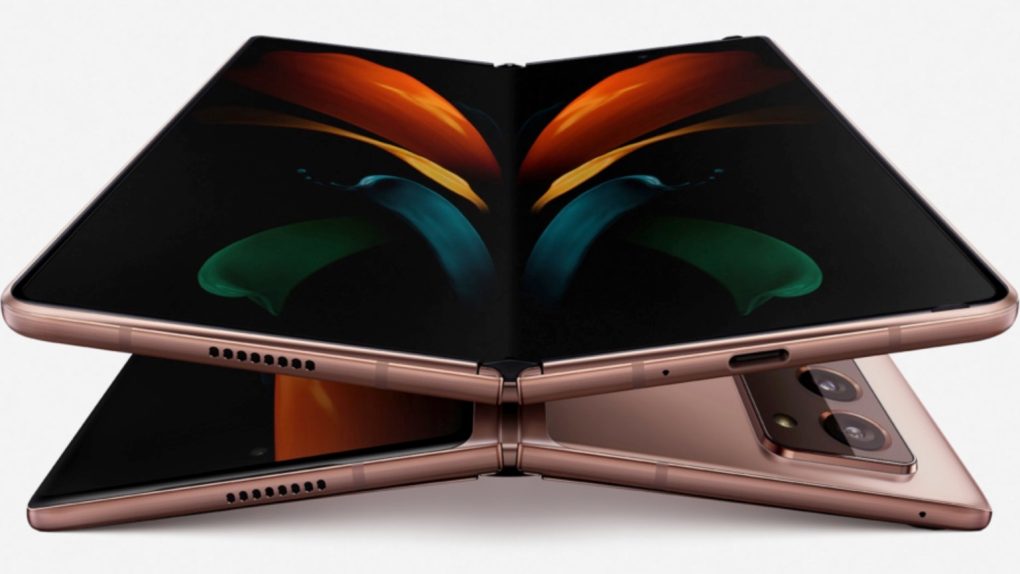The Galaxy Z Fold 3 will be one of the new flagship handsets that Samsung will launch in the second half of the year, probably the new flagship to replace the Galaxy Note. We’ve already seen a variety of leaks teasing exciting developments for Samsung’s main foldable phone series. The Fold 3 should feature a sturdier design, including stronger bendable glass that will support S Pen input. On top of that, the phone is expected to feature some sort of water and dust-resistance rating, which would be a first for Samsung’s foldables. The Fold 3 is also expected to be slightly more compact than its predecessors and pack a display with an under-panel camera. If that’s not enough, a new report details another surprise feature that Samsung might have planned for its foldable handset, a unique button design.
The “perfect” smartphone has a large display with no bezels, cutouts, and cameras piercing through. It also lacks buttons and ports. Aside from looking much better than current designs, such a perfect smartphone should be dust- and waterproof. With no physical buttons and ports, smartphone vendors would not have to worry about sealing potential entry points for debris and liquid.
The Fold 3 will likely feature a regular USB-C port, but the handset might not have any physical buttons.

A new patent that Samsung filed only last November has surfaced. Found by LetsGoDigital, the Foldable electronic device patent published with the World Intellectual Property Office (WIPO) on May 20th, 2021, shows a foldable phone that looks exactly like what you’d expect from a Galaxy Z Fold model.
The handset has two displays. The main foldable screen is placed inside, while an external screen sits on the outside. What’s different in these illustrations is the physical button design. The phone has touch-sensitive sensors on the sides, in the place where physical buttons would be.
This type of design would fix several problems at the same time. For starters, the phone looks much better when folded and unfolded than the previous Fold models. But the design change might be more important than cosmetics. Foldable phones are also getting thinner, so handset makers have to cut openings into thinner frames for the physical buttons. This can lead to potential damage when the phone is bent. The openings also provide an entry point to water and dust that needs sealing.
Samsung’s invention would also prevent extra stress on the hinge by replacing physical buttons with capacitive models. When pressing the physical buttons placed on one of the phone’s two halves in folded mode, the force might impact the hinge that’s keeping the phone closed. Touch sensors would not suffer from the same problem, as less energy would be required to operate them.

The illustrations above also suggest that multiple functions could be assigned to the various touch sensors, as needed. They would work both in folded and unfolded modes, as the sensors would be found on both the left and right sides of the handset.
As always, with patented technology, there’s no indication Samsung will use this button design in the Fold 3 or other handsets. But Samsung has devised similar button-related inventions for clamshell foldable devices. Samsung will unveil the Fold 3, Flip 3, and Galaxy S21 FE at some point in August. The new patent is available in full at this link.








